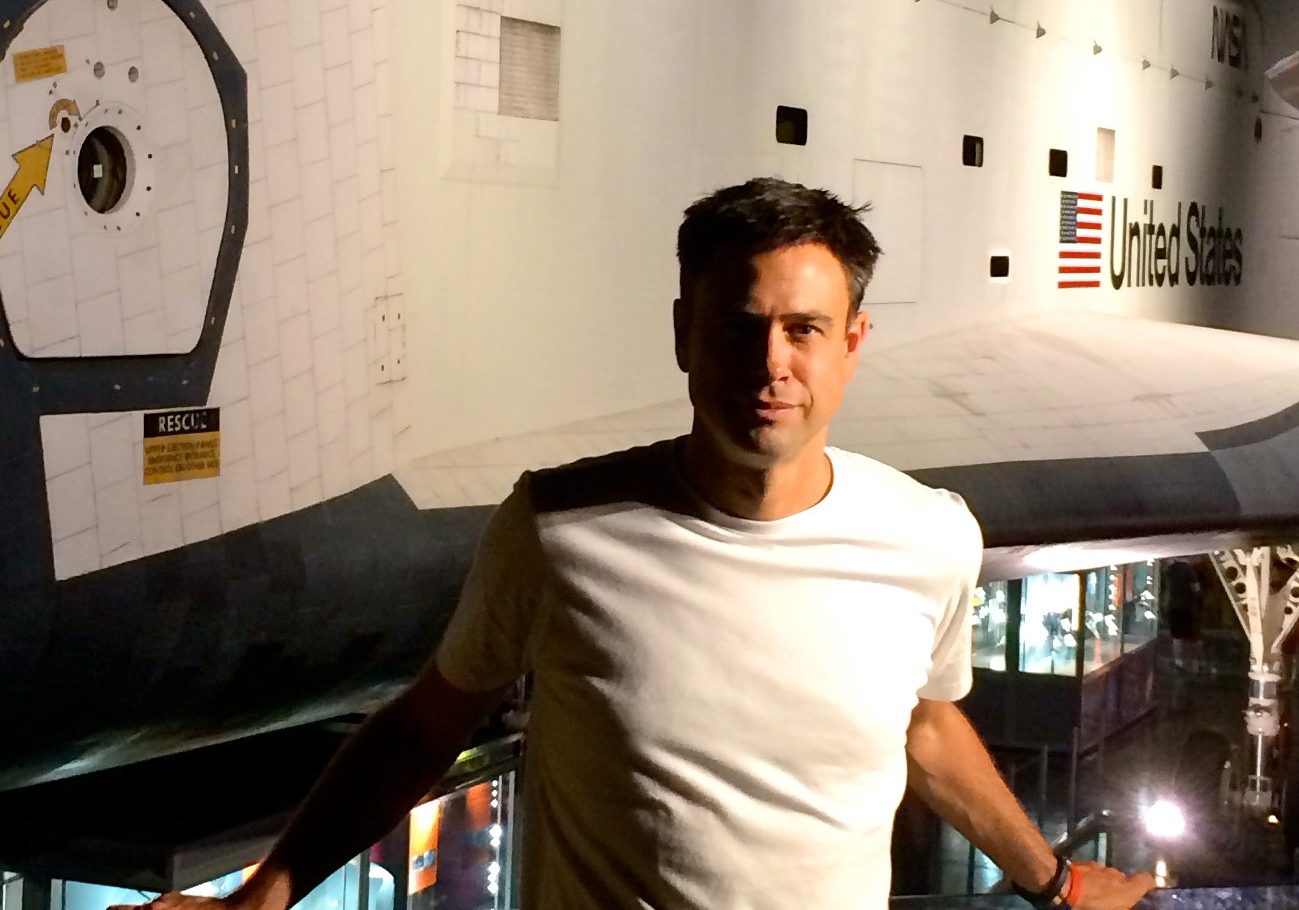Bestselling author Rowland White has written several books on aviation. In Into the Black (Bantam Press, £18.99; Audible, £23.99) he turns his focus on space flight and the winged rocket plane Columbia, the world’s first real spaceship, which was as hazardous as it was ambitious.
Where did your passion for aeronautics originally come from?
It’s hard to pin it down exactly, but I’ve got vivid memories of jets from RAF Wattisham flying low over the garden of my granny’s house in Suffolk. That and old war movies like The Dambusters and Reach for the Sky, I suspect.
Into the Black is about the Space Shuttle Columbia – what prompted you to write about it?
I wasn’t even born when Neil Armstrong landed on the Moon and so the first flight of the Space Shuttle in 1981 was my first opportunity see astronauts launched into space. And, more than that, the Shuttle seemed to be science fiction made real: a proper spaceship designed to perform its mission then return to Earth and land on a runway. It completely captured my imagination.
How ground-breaking was the Space Shuttle Columbia’s maiden flight and what did it represent for the future of space travel?
The Shuttle was the most remarkable flying machine ever built, and that first flight was rightly described at the time as the boldest test flight in history. It was the first and only time that a manned spacecraft has been launched without first being tested without a crew on board. Needless to say, it didn’t go according to plan! And while the Shuttle failed to make spaceflight cheaper, it helped make spaceflight and living in space more familiar. The International Space Station was largely built using the Shuttle, for instance. The last great achievement of Nasa’s Apollo generation, the Shuttle was a crucial stepping stone towards a more expansive future in space.
How did you gain access to such classified information and what was the biggest revelation?
I wish I could say that I’d rappelled down from a CIA air conditioning duct like Tom Cruise in Mission Impossible but, like real-life detective work, it was a bit more prosaic than that. It was largely a case of panning for gold – sifting through sources to find crucial snippets of information. Much of what I was looking for, while buried deep, was often hidden in plain sight. The biggest eureka moment was realising that the proof I was looking for of the Pentagon’s involvement in the mission was actually right there in the transcripts of the astronauts’ conversations with mission control. And trying to verify the story sometimes meant conversations that wouldn’t have been out of place in All The President’s Men!
How was it different writing about space travel rather than about combat, as you have done in your other three books?
There were two main differences for me. The first was simply that it was uncharted territory for me. Spaceflight is completely different from the flight of an aeroplane. In order to try to bring it to life for readers, I had to really understand the science of it myself, and I found the process of doing that completely fascinating. The other difference was largely to do with gaining access to the people involved. It was a challenge just to make contact with the astronauts, let alone persuade them that they should spend time sharing their memories with a Brit they didn’t know from Adam.
Did you borrow conventions from thrillers to write this real life story and why?
Very much so. I tried to write a book that, while rigorously researched and completely bulletproof on the history and science, gripped readers in the same way a great thriller does. I wanted people to get as completely caught up in the drama of the unfolding story as we all did watching classic recent space movies like Apollo 13, Gravity or The Martian. I hope readers will feel that they’re right there, at the heart of this nailbiting race against time in space.
Jack Marshall


Leave a reply
Your email address will not be published.